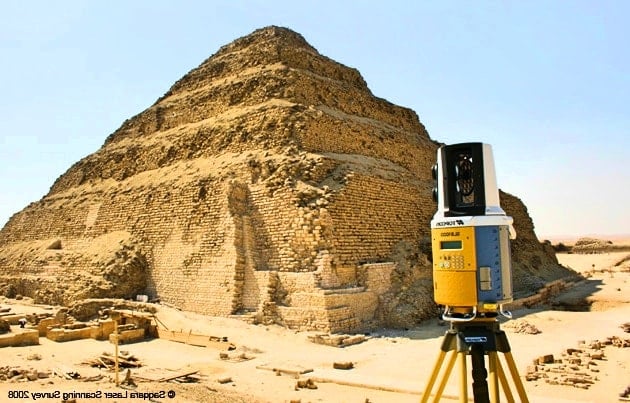How 3D Scanning is Influencing Archaeology
Over the past few years, the application of 3D scanning services in archaeology has intensified and has become an integral part of many archaeological explorations. From creating a copy of fragile archaeology sites to creating virtual museums, 3D scanners are allowing efficient and less intrusive interventions. A plethora of museums across the world are adapting to the 3D technology to give their museum a better and a realistic glimpse into the past. The technology is empowering archaeologists and museum curators to create images like never before. The 3D scanners are bringing a paradigm shift in preserving history. Apart from museums, the scanning technology is widely accepted in the restoration of old artifacts and antique items. Repairing a damaged antique item reduces the number of exhibits that are removed from display. The technology is shaping the future of archaeology by preserving the history.
3D Scanning: Archiving the history and repairing the damaged sculptures
There is a whole new generation of people who are falling in love with antique statues, breathtaking monuments, and buildings. 3D scanning services are bridging the gap between art lovers and reality by bringing the new generation closer to the art than they ever had in the past. Thanks to the technological advances in 3D technology, priceless monuments, and antique statues are scanned and a 3D version of the monument or statue, thereby preserving the sites with actual details. Furthermore, repairing the damaged sculptures using 3D technology has become a cakewalk because no longer the museum has to take the statue off the display to repair it. A simple 3D scan is done on the damaged area and prints out is made to preserve the priceless art for the future generation. The future advancement in the 3D technology is helping museum curators to restore the artifacts in perfect state.
Duplication and reproduction
Apart from restoring and archiving the historical objects and structures, a comprehensive 3D scan is used to replicate and reproduce the items anywhere in the world. No longer customers have to visit the London Museum to see the ancient sculptures. With the help of 3D scanners, the sculptures are made available in the museum near the customer. Recently, the Metropolitan Museum of Art recreated a statue and made it available to museums across the globe. The duplicate statue was so close to the original one that even the curators at one point were not able to differentiate between the two. The rising advancement in technology is leading to a mesmerizing experience to those who love art, and those who work is to bring the art to the public.

3D scanning Restricts the destructive nature of excavating
The 3D scanning technology is widely limiting the destructive nature of excavating by scanning the archaeological site and virtually reproducing the site. It helps in identifying potential issues which can occur during the digging process. Furthermore, the virtual models help in unearthing the artifacts without damaging the precious historical items.
Going out of the way to capture history is becoming a trend and helping researchers to preserve history for the generation that is going to come down the lane.
For your 3d scanning services and 3d printing services needs, call Arrival 3D at 866-687-7784.
